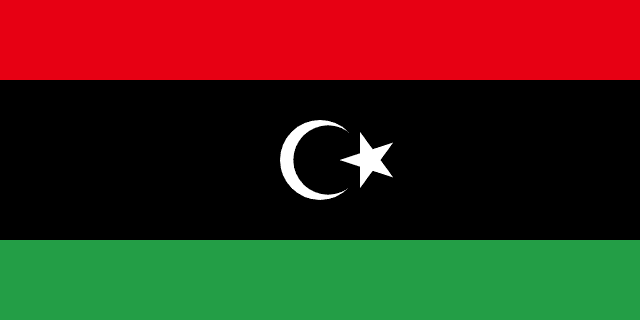Country Information
| Sovereign State | Yes |
| Country Codes | LY, LBY |
| Official Name | State of Libya |
| Continent | Africa |
| Capital | Tripoli |
| Government Type | Provisional government |
| Currency | Libyan Dinar (LYD) |
| Calling Code | +218 |
| Member Of | United Nations, African Union, Arab League, Organisation of Islamic Cooperation |
| Population | Approximately 6.8 million (as of 2023) |
| Total Area | Approximately 1,759,540 square kilometers |
| Highest Point | Bikku Bitti (2,267 meters or 7,438 feet) |
| Lowest Point | Sabkhat Ghuzayyil (-47 meters or -154 feet) |
| GDP Per Capita | Estimated at around $8,000 USD (as of 2023) |
| Life Expectancy | Estimated at around 72 years (as of 2023) |
| Internet TLD | .ly |
Libya National Anthem
Libya, Libya, Libya
Ya Beladi (O my country!)
Ya Beladi (O my country!)
Ya Beladi (O my country!)
For you is my love and my heart.
Flags of Neighboring Countries
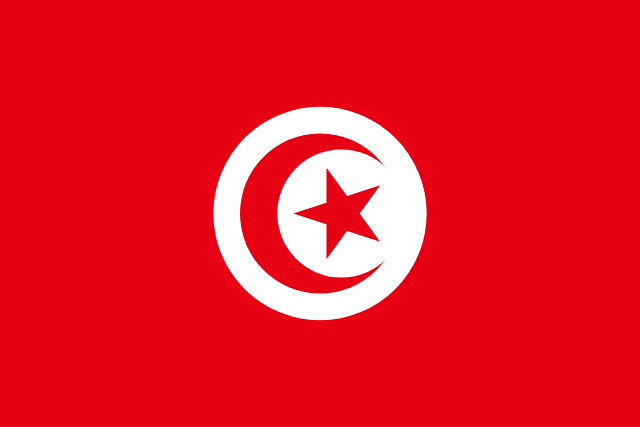
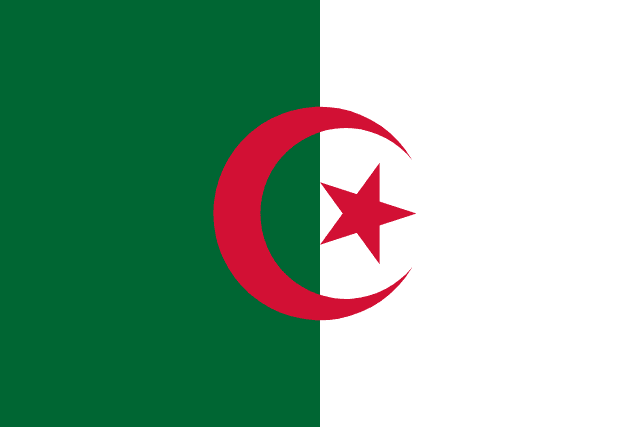
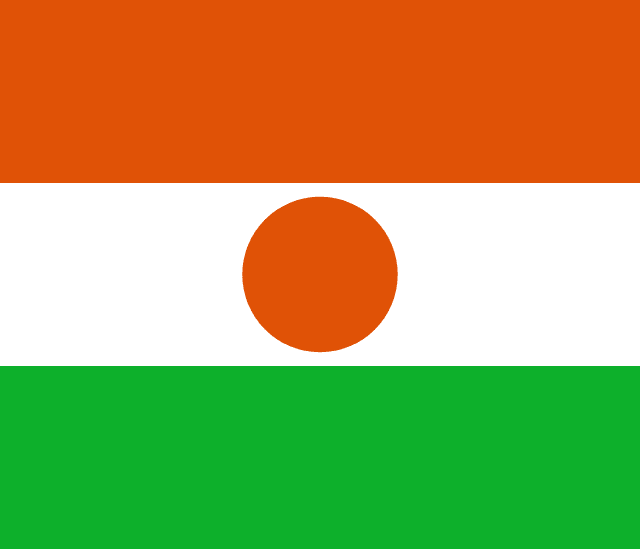
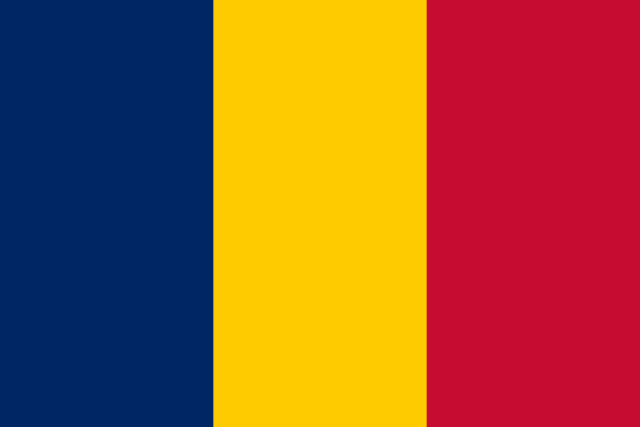

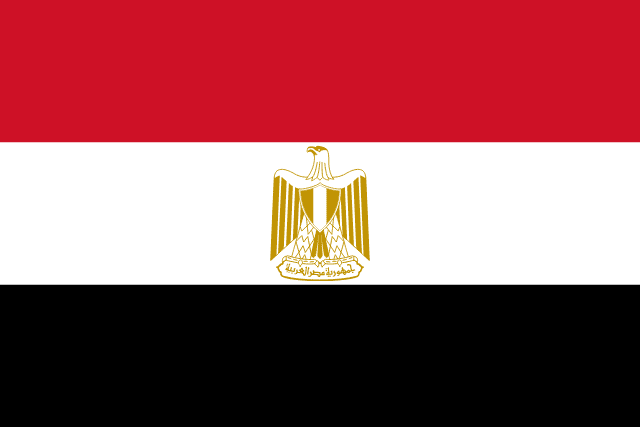
History of the Libya Flag
The Libyan flag, adopted on February 3, 2011, following the Libyan Civil War, is a significant symbol of the country’s history and identity. The current flag revives the design used between 1951 and 1969, reflecting a return to the values and aspirations of Libya’s post-independence era. It consists of a horizontal triband of red, black, and green, with the black band being double the width of the red and green bands. Centered on the black stripe is a white crescent and star, traditional symbols in Islamic culture.
The choice to revert to the original flag of 1951 was a deliberate move to dissociate from the Gaddafi regime and its green flag, which was the national flag from 1977 to 2011. The green flag, representing Gaddafi’s political philosophy, was unique for being a solid color with no insignia or design. The re-adoption of the earlier flag symbolized a return to democratic values and a distancing from the dictatorial past.
The colors of the current flag carry rich symbolism: red represents the blood of the martyrs who fought for independence from Italy, black signifies the period of occupation, and green symbolizes the country’s prosperity. The white crescent and star represent Islam, the major religion of the country. Throughout its changes, the Libyan flag has mirrored the nation’s turbulent history, serving as a powerful emblem of sovereignty, change, and the aspirations of its people.

